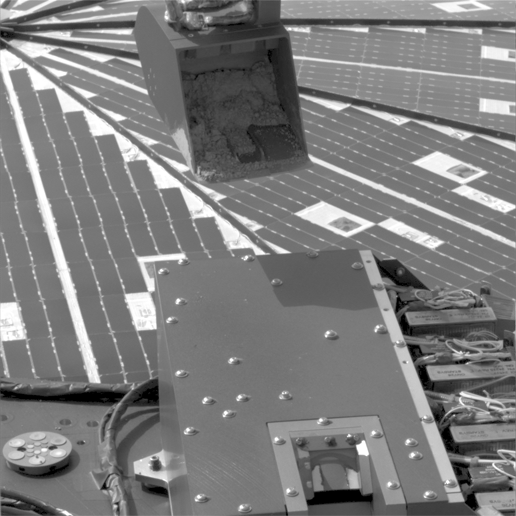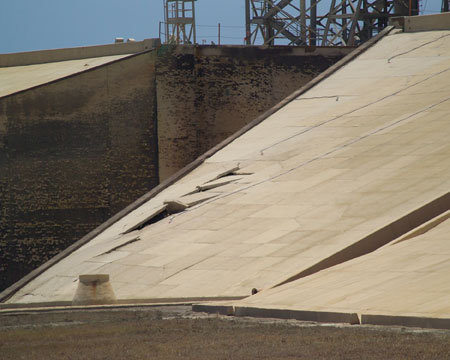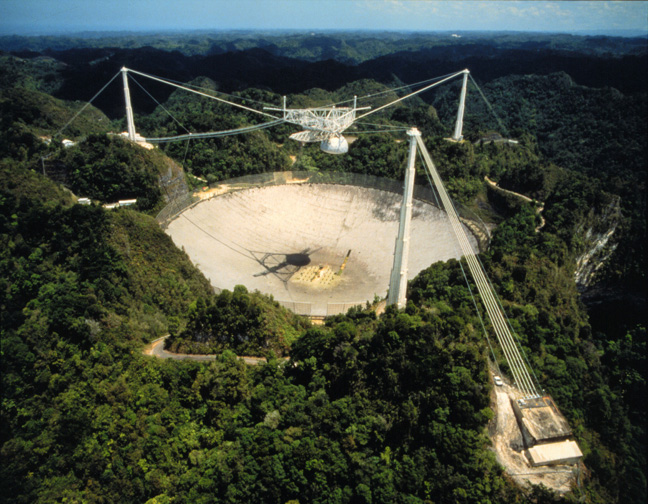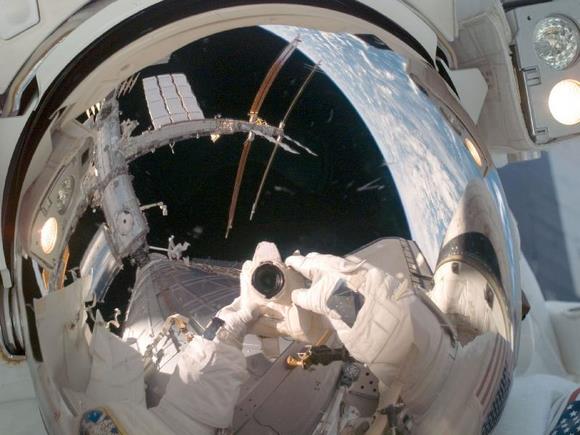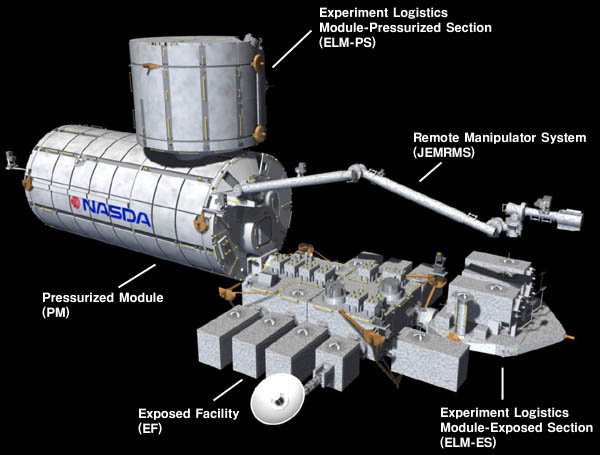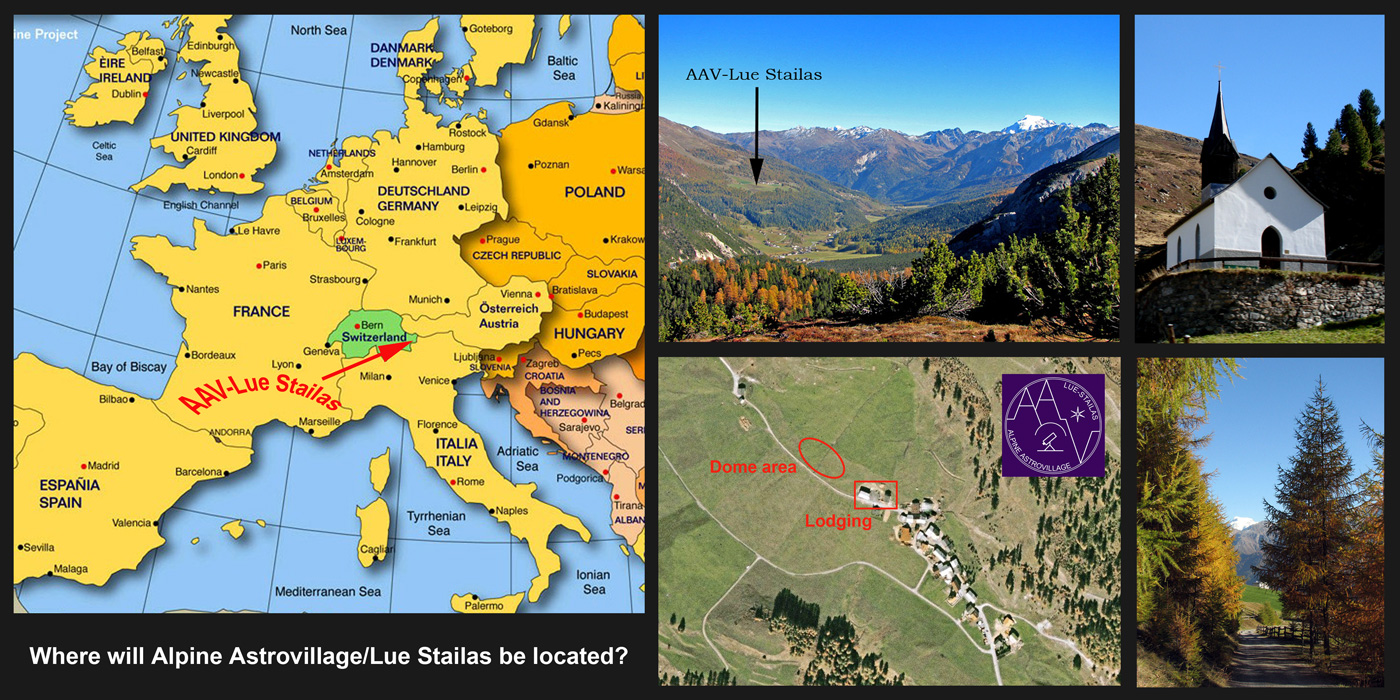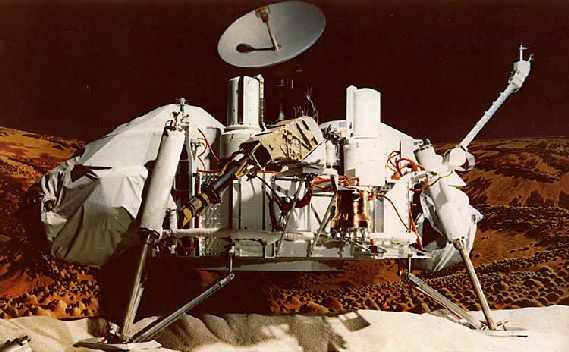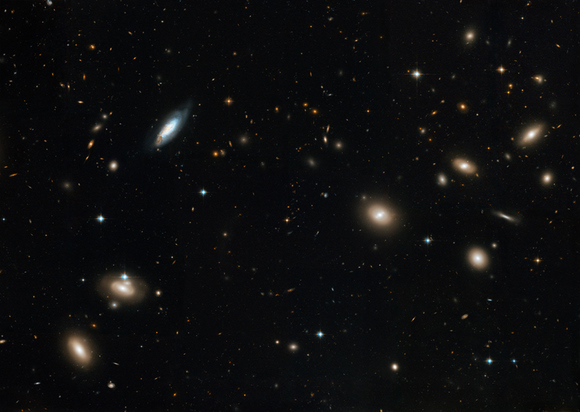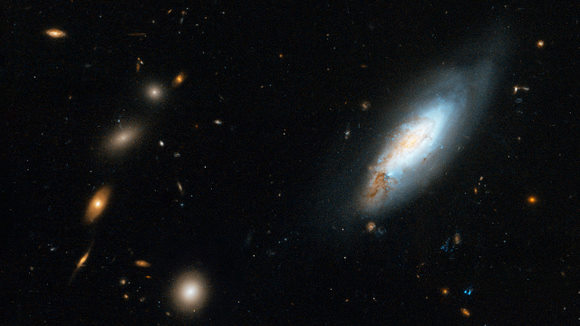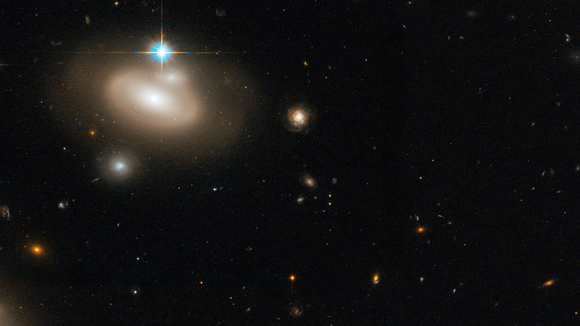A powerful new space observatory called GLAST launched successfully today, and will provide a huge leap in our capabilities to study gamma rays, the highest-energy form of light. The Gamma Ray Large Area Space Telescope will enable scientists to answer persistent questions about a broad range of topics, including supermassive black-holes, pulsars, cosmic rays, and searches for signals of new physics in the stars of our galaxy. GLAST blasted off at 12:05 pm EDT, after a brief delay regarding weather and concerns on the water suppression system at the launchpad. But the problems were cleared and the launch proceeded with no complications. Now, the big question is, what will be GLAST’s new name?
As per tradition, GLAST will be renamed with a more user friendly, non-acronym name following it’s successful launch and deployment. The vehicle will go into a parking orbit for about 55 minutes following launch, then the second stage will restart, burn for two minutes, coast for about 5 minutes, then the spacecraft will separate and deploy the solar arrays. That’s when the mission is officially underway.
In its first year of operations, GLAST will concentrate on using its high sensitivity to create a new map of the skies, which is expected to reveal between 5,000 and 10,000 new sources of gamma-rays, which are invisible to human eyes.
The GLAST spacecraft is about 9-feet high by 8-feet in diameter when stowed in the fairing section of the rocket. GLAST will become a little bit taller and much wider after it is launched into space, when the Ku-band antenna deploys and the solar arrays are extended.
With high sensitivity GLAST is the first imaging gamma-ray observatory to survey the entire sky every day. It will give scientists a unique opportunity to learn about the ever-changing universe at extreme energies. GLAST will detect thousands of gamma-ray sources, most of which will be supermassive black holes in the cores of distant galaxies.
The observatory will be a significant upgrade to the previous orbiting gamma-ray telescope, the Compton Gamma Ray Observatory. GLAST should make observations in days that took the Compton years to make.
“GLAST is about to open up the Universe to us in new and exciting ways,†said Steven Ritz, of Nasa’s Goddard Space Science Center, and the project’s chief scientist. “GLAST enables scientists to look under the hood and see how the universe works.”
The mission is an astrophysics and particle physics partnership, developed by NASA in collaboration with the U.S. Department of Energy, along with important contributions from academic institutions and partners in France, Germany, Italy, Japan, Sweden, and the U.S.
Sources: NASA TV, GLAST website


